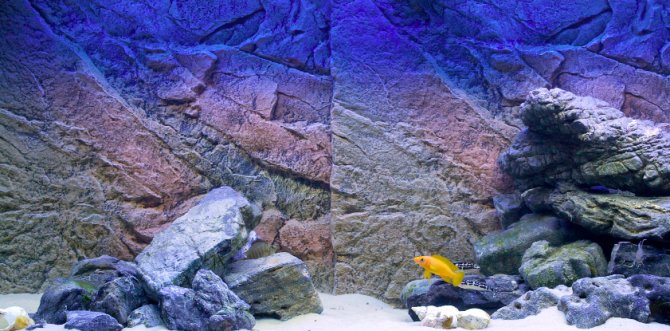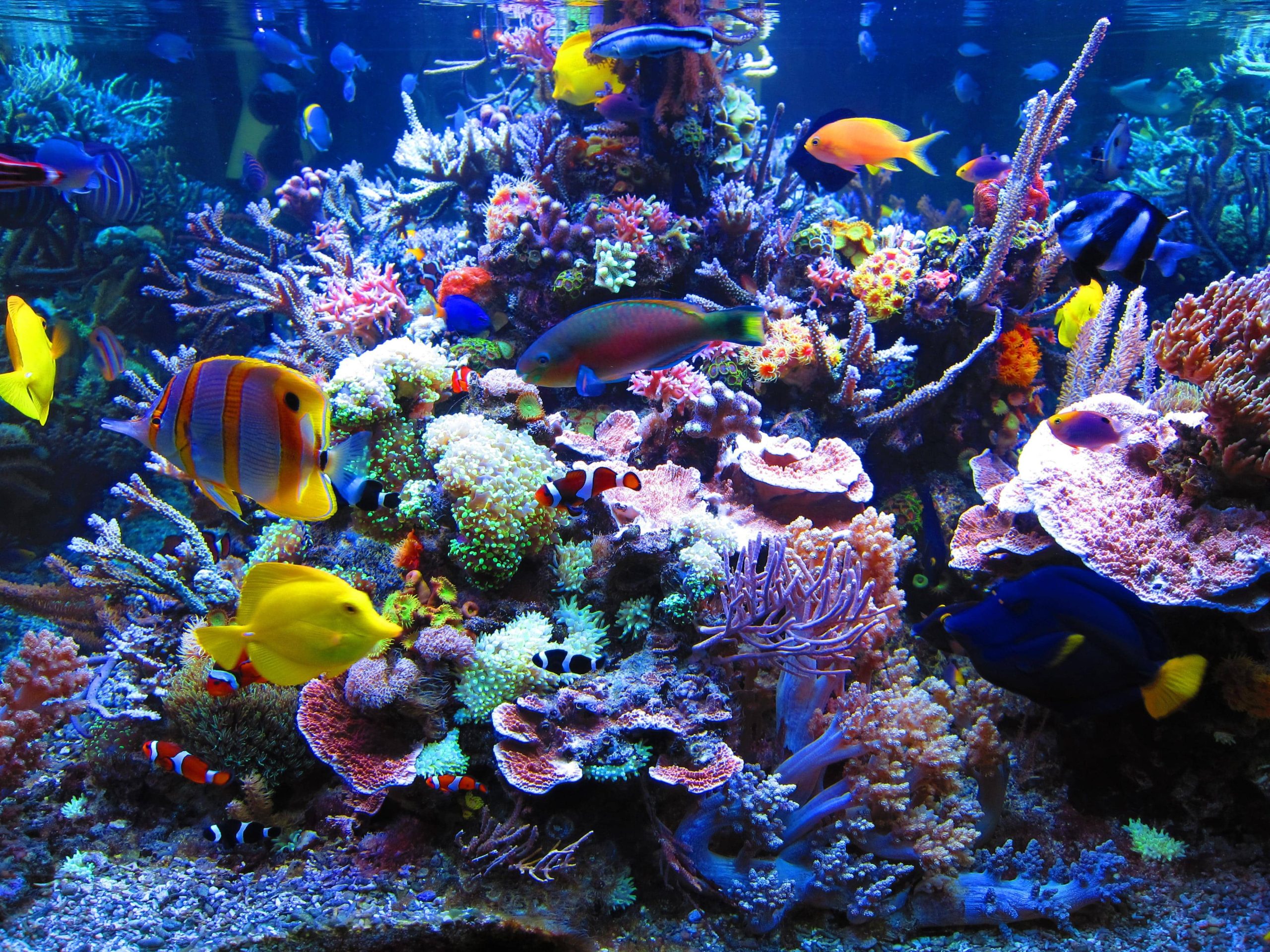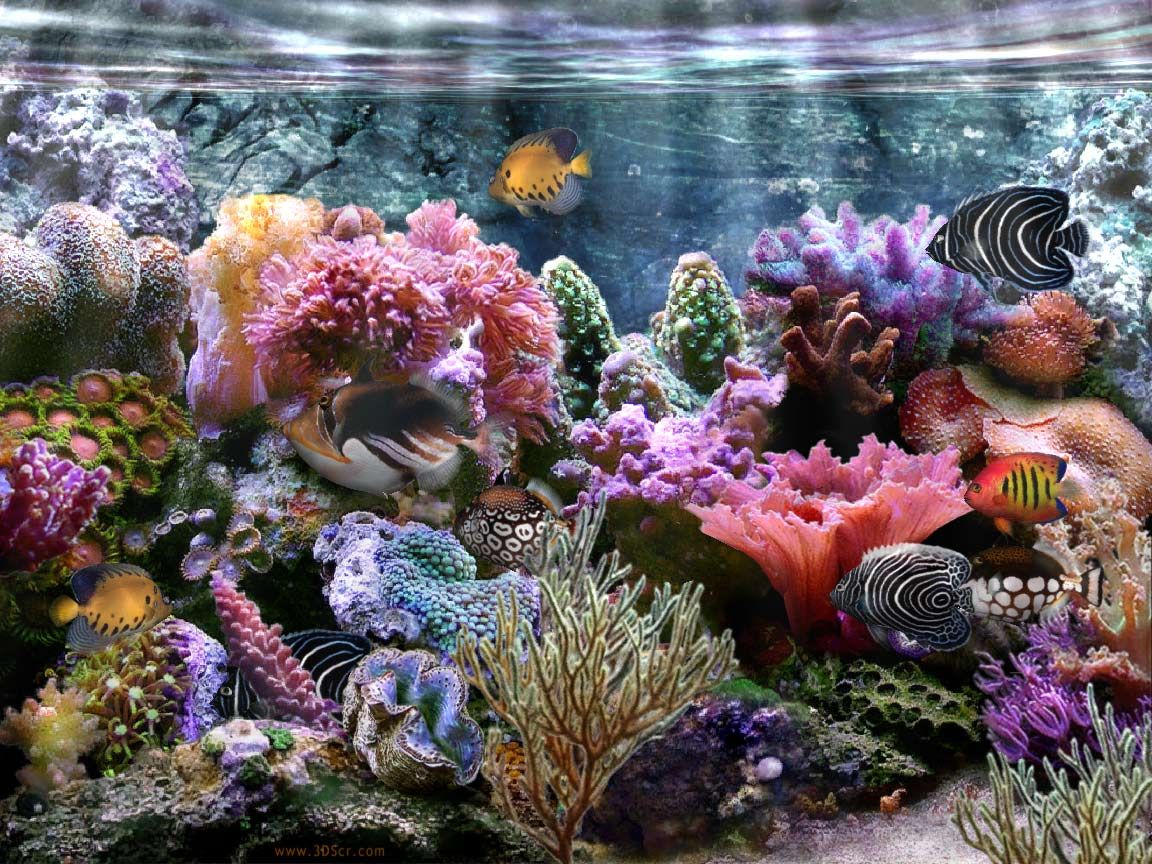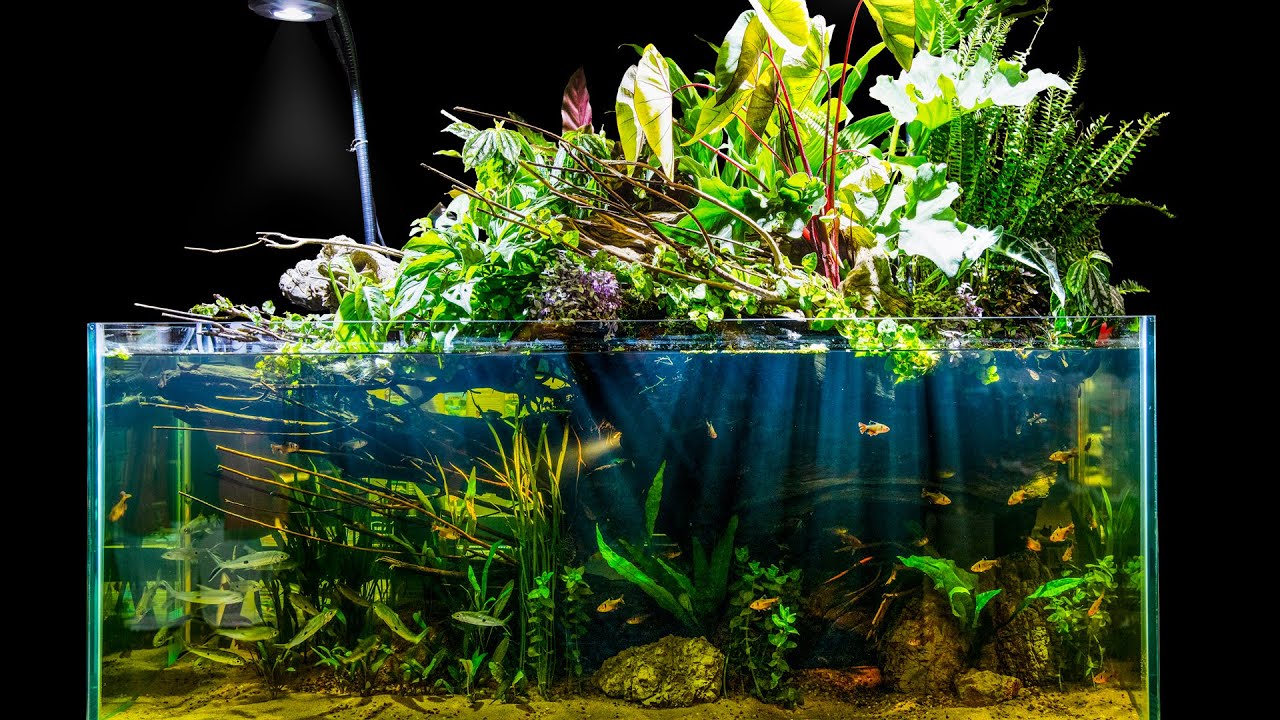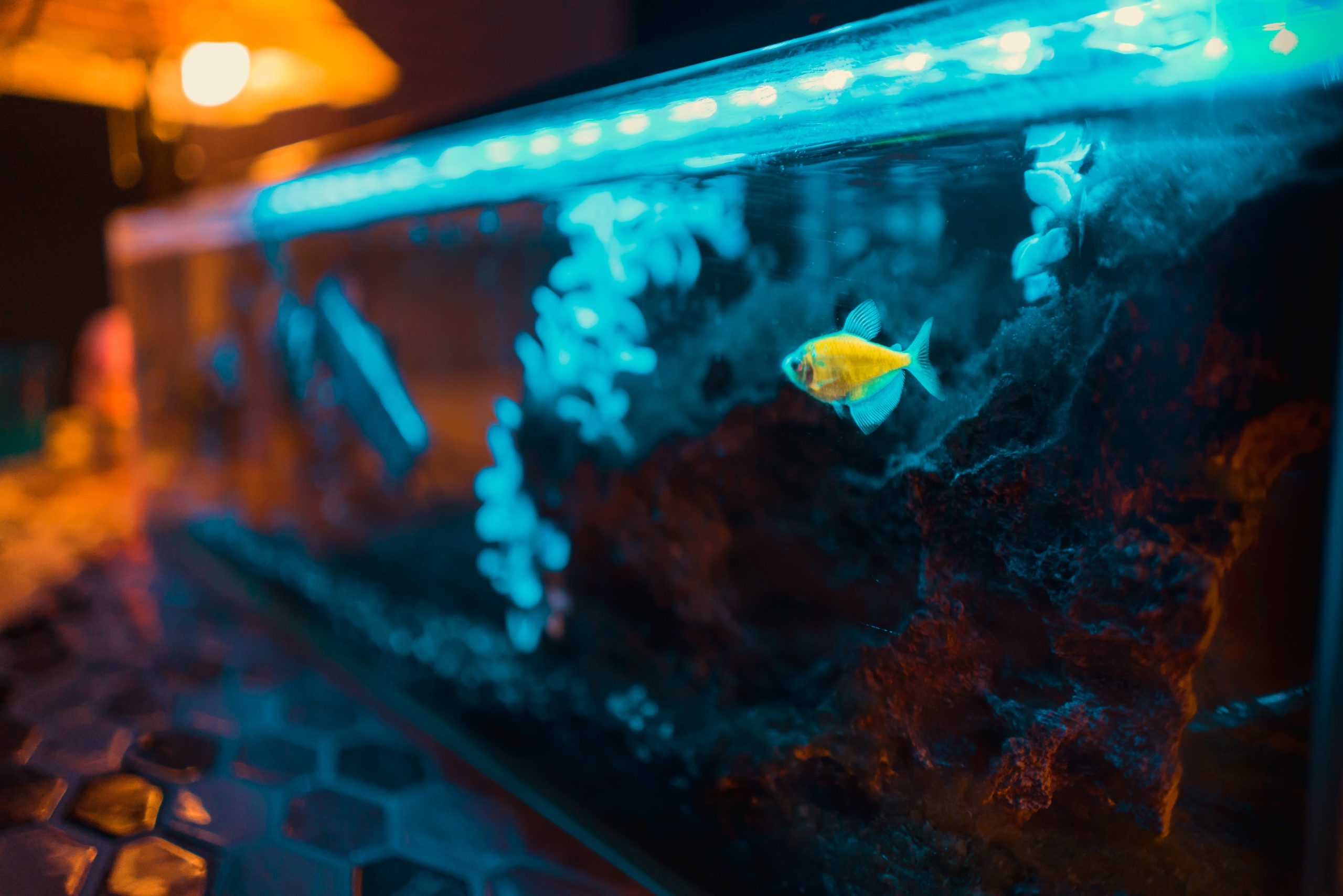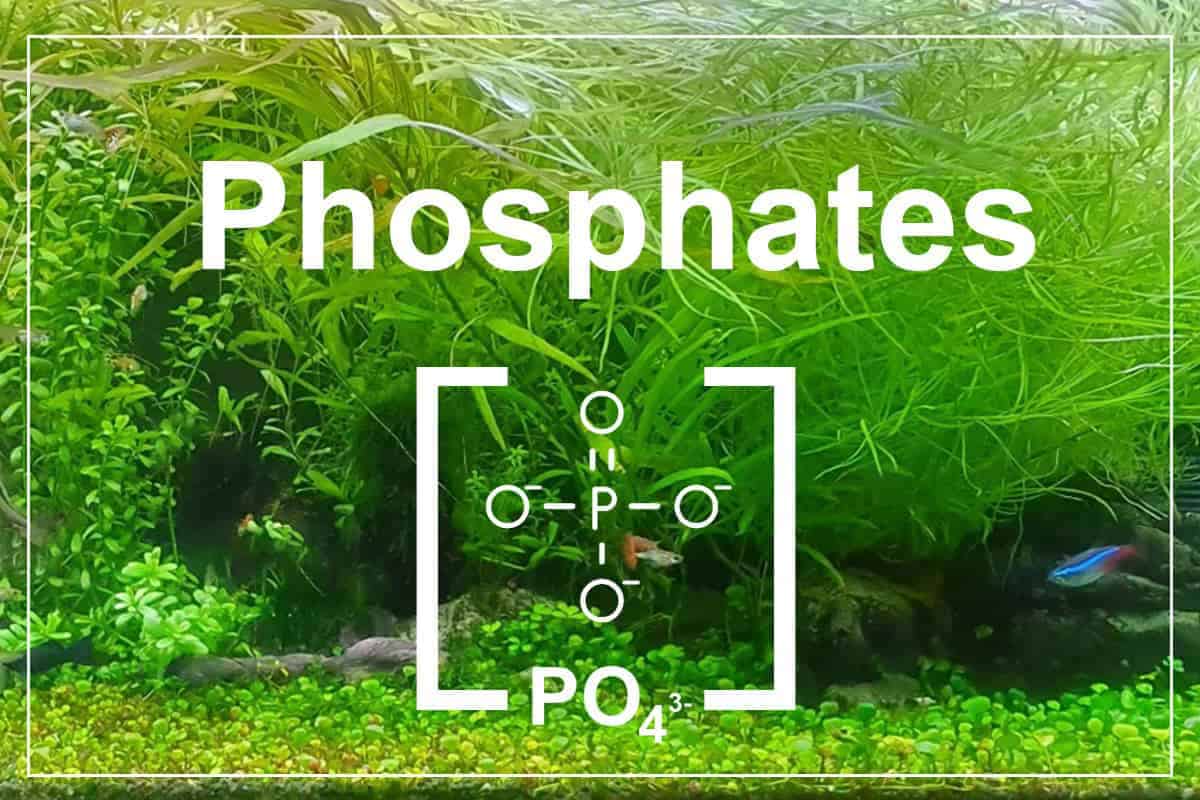The aim of biotope aquariums is to imitate the habitats of fish in nature and create more suitable environments for fish. The more similar the natural environment of the fish and the aquarium environment, the more healthy and natural environment we have created for the fish. Tanganyika biotope aquarium is like a small replica of Lake Tanganyika.
Tanganyika is the 6th largest lake in the world in terms of area and the 3rd largest lake with its water volume. It is home to 400 different fish species, more than 250 of which are cichlids. The pH value varies between 7.5 and 9.2, the total hardness between 10 and 12, and the water temperature between 24.5 and 25.5 degrees. The lake is surrounded by mountains to a large extent. The beach of the lake is rocky and sandy.
Creating a small replica of the conditions in the natural environment will make your fish healthier and more peaceful. To create a Tanganyika biotope aquarium is to have a large enough aquarium and aquarium supplies, wait for the nitrogen cycle to occur, add your fish to the aquarium and maintain aquarium water quality.
Lake Tanganyika Biotope Aquarium Materials
If you are going to feed Tanganyika species for the first time, we recommend a minimum of a 200 liter aquarium. You can start with a smaller aquarium too, but many aquarists who start out with a small aquarium want to move to a larger aquarium soon. It is necessary to use coarse-grained aquarium sand on the aquarium floor. Coarse-grained sand will be more suitable for siphoning and will be similar to its natural environment. Using natural sand as much as possible in your aquarium will allow you to create the natural environment of the fish and create a more natural and beautiful image.
Cichlid species are territorial fish and want caves where they can hide in times of danger. Using various natural rocks, caves, gorges, etc. you need to create. You should take care that the rocks you will use in aquariums do not oscillate. If you do not have experience in this matter, it is not recommended to collect rocks from nature and put them in your aquarium. Instead, it would be more appropriate to procure rocks from pet shops. It is important that the rocks you choose are not in sharp lines and in oval lines in terms of not damaging the bodies of your fish. For the Tanganyika biotope, limestone is a widely used rock type. In addition to being decorative, it also releases calcium, carbonate, and magnesium that improve water quality. Tanganyika Cichlid species love hard water, and you can choose rocks that help adjust water hardness.
Since Cichlid species are regional fish, you may need to change the location of the rocks when you buy a new fish. Otherwise, the new fish you add will have a lot of difficulty in the acclimation phase. Therefore, we do not recommend decorations created by gluing rocks together. When you change the location of the rocks, the fish in the aquarium will search for a place for themselves, and their tendency to behave aggressively towards the newly arrived fish will decrease.
Tanganyika lake fish need a good filter system as well as large aquariums. There are many aquarium filters on the market and you should choose a suitable filter according to your aquarium volume and fish number. Generally, sump systems and external filters are preferred for the filter. We also recommend an external filter in terms of ease of use and prevalence. However, in very large aquariums, it is necessary to consider the sump alternative instead of an external filter.
Since the fish species in the Tanganyika lake biotopes damage the plants, not many plants are used in the aquariums. For this reason, no special conditions are required for lighting in aquariums without plants. You can prefer lighting in natural colors, which will emphasize the visual quality of the aquarium.
Lake Tanganyika does not experience much temperature change due to its climate. A few degrees Celsius changes are observed during the year. Maintaining a constant temperature in the biotope aquarium is a natural requirement of your fish. Make sure you choose the right aquarium heater for your aquarium size. For the safety of your fish, consider using a backup heater. You can use two or more smaller heaters instead of one large heater. In this way, the water in the aquarium will warm up homogeneously.
Tanganyika lake has water values that we mentioned at the beginning of our article. If your tap water is not close to these values, you may need to use water conditioning kits. Testing your water with water test kits before each water change will prevent a possible bad situation. After the water test, you can add it to your aquarium after arranging your water with water regulators if necessary.
Lake Tanganyika Biotope Aquarium Setup
Once you have set up the materials you need, you can proceed with the setup of your aquarium. Make sure that all necessary materials for the aquarium setup are provided.
- You should set up your aquarium in a place that does not receive direct sunlight and close to electricity and water sources. Make sure that the place where you will put the aquarium is flat. If the floor is not level, you can get an adjustable foot in your closet to level it.
- Before setting up the aquarium, you should thoroughly wash the sand without using any chemicals. It is necessary both for obtaining clearer water in your aquarium and for the health of your fish. Spread 5 or 10 cm high sand on the aquarium floor. Give the shape you want for the sand. Consider how you will position the rocks as you shape them.
- Because Cichlid species are territorial fish, think carefully about placing rocks. Make sure it both looks good on your eyes and provides a hiding place for all fish.
- Add water to your aquarium after completing the decor of the aquarium. You can fill the water from that point by placing a plastic bag or plate so that the sand does not spread.
- After filling the water, place the necessary equipment in our aquarium. Try to hide all the hoses and cables of your equipment behind the decorations so that they do not look unsightly. Position your aquarium heater close to the water outlet of the filter. In this way, the warmed water will be able to reach other points in the aquarium with circulation.
- Once you have set up your aquarium lighting, turn on all equipment and test that it works properly. Make sure that the temperature of the aquarium water has reached the desired value.
- Do not rush to add your fish! Wait for the beneficial bacteria to multiply and the nitrogen cycle to settle. It can take up to two weeks with natural methods. If you want to use it, you can also add bacteria culture to your aquarium.
- Before adding your fish, make sure the nitrogen cycle is established and test your water values. If everything is fine, you can add your fish.
Selection of Lake Tanganyika Cichlid Species
Before purchasing the aquarium and equipment, you should determine which fish you will keep. There are many types of cichlids to choose from. Starting with the ones that are easier to maintain at the very beginning will increase your chances of success. As you gain experience, you can switch to types that are more difficult to maintain.
The behavior of fish species in Lake Tanganyika is different from each other. Some species prefer the ground zone while others prefer to swim in the middle parts of the aquarium. Therefore, when creating caves from rocks, do not forget to create caves in various regions. Some species can be extremely territorial and aggressive. So it would be better to create more caves. Choosing fish species that swim in different areas will also reduce the chance of your fish harming each other.
At the same time, choosing fish swimming in different areas will make your aquarium look fuller and more appealing to the eye. In the Cichlid species, males have bright and striking colors. Females are relatively pale. But it would be a big mistake to fill your aquarium with males just because it looks more alive. It is undesirable for your fish to fight with each other. You should pay attention to the male / female ratio in the aquarium. When the number of females is low, male fish will tire the females too much. In this case, the females can be stressed and cause death. The recommended male / female ratio is 1/2 or 1/3.
You should determine the number of fish according to the volume of your aquarium. For roughly 2.5 cm fish length, 5 liters of water is recommended. In other words, the total length of the fish that can be kept in a 300-liter aquarium can be predicted as 195 cm. The number of fish should be determined by deducting the volumes covered by the aquarium decorations from the aquarium volume. In aquariums with too much decoration, the amount of water can be reduced by half. You should determine the number of fish according to that number by calculating the net water volume.
Do not add the number of fish you have set for your aquarium at once. Instead, adding fish piece by piece gives you the opportunity to test your aquarium as well as observe the fish’s behavior. Sometimes there may be conflicts in the region even in the number of fish below the specified number. In this case, it would be best not to add more fish.
Here are some popular Lake Tanganyika cichlids:
- Tropheus
- Frontosa
- Neolamprologus brichardi
- Shell-Dwellers
- Altolamprologus compressiceps
- Julidochromis
- Cyprichromis
Lake Tanganyika Cichlid Nutrition
Almost all of the cichlid species kept in aquariums were born in the aquarium environment. That’s why they are used to eating ready-made fish food. However, the natural habitats of these fish should not be forgotten. Supplements should be made with feeds such as shrimp, spirulina, krill. Consider whether the fish in your aquarium are carnivorous, herbivorous or omnivorous. Many ready-made cichlid foods are prepared according to the needs of your fish. You can choose whatever you want from pellet or flake feed. You can find the food your fish will like best by trying different baits over time.
Fish are creatures with a poor sense of satiety. That’s why you have to feed as much as they can finish in a few minutes. Overfeeding will both harm your fish and seriously reduce the water quality.

